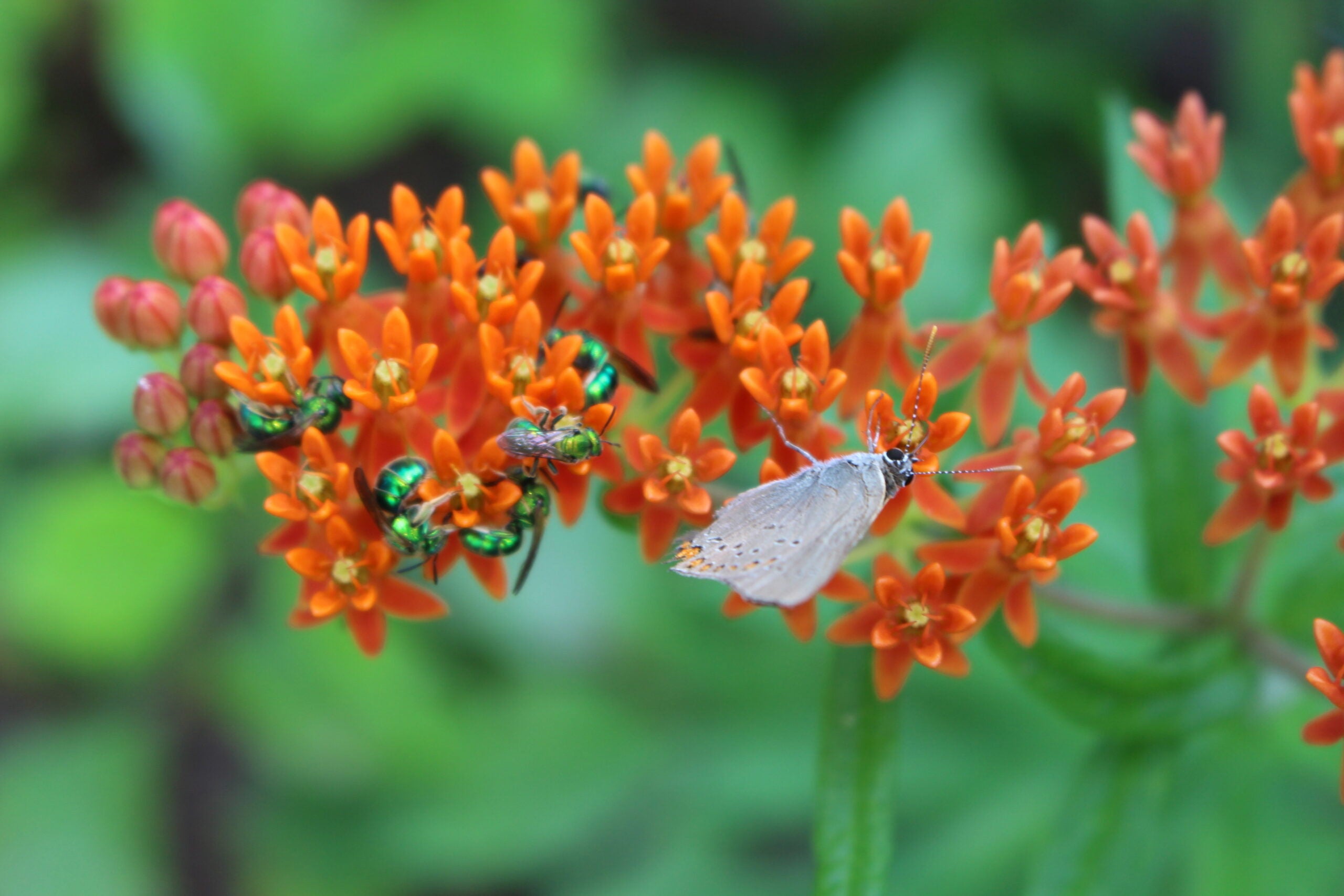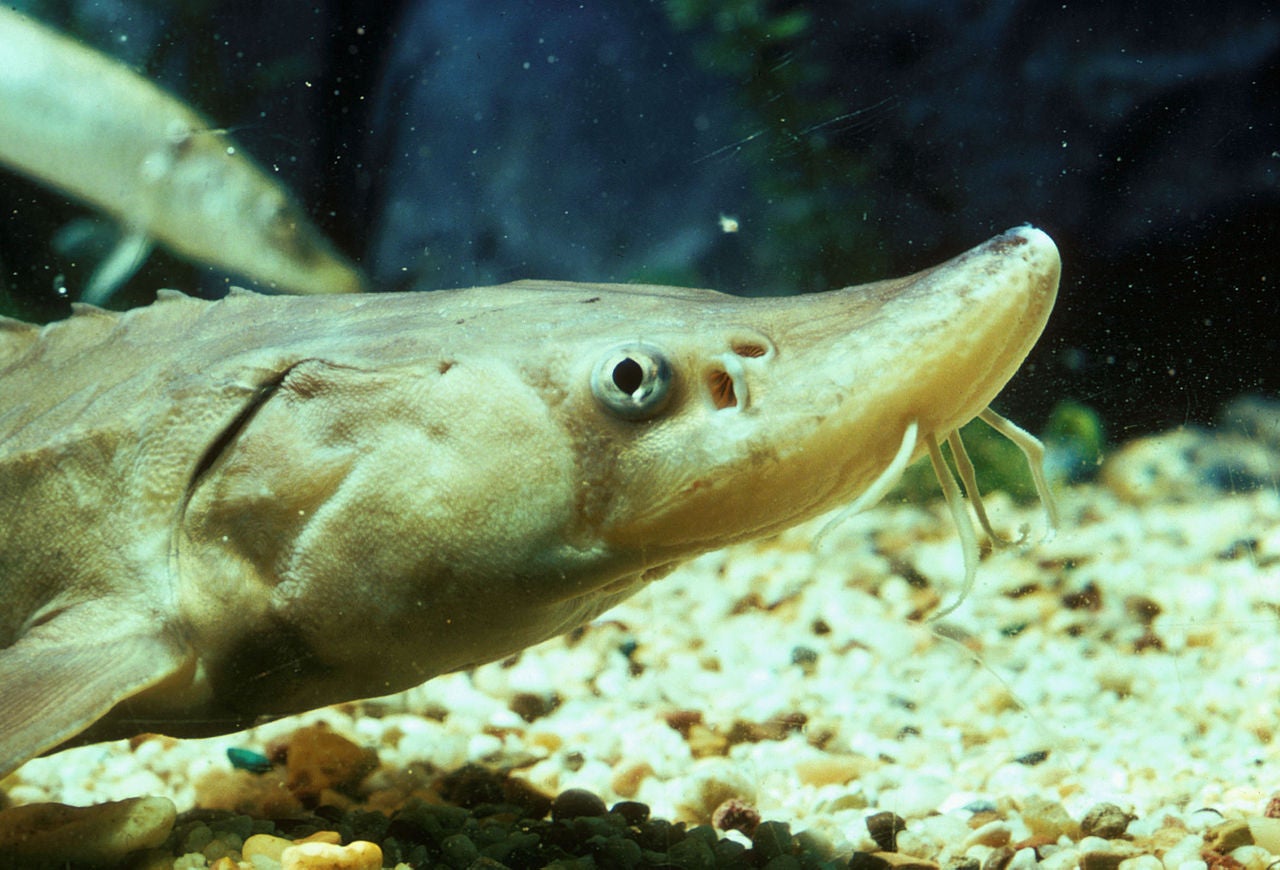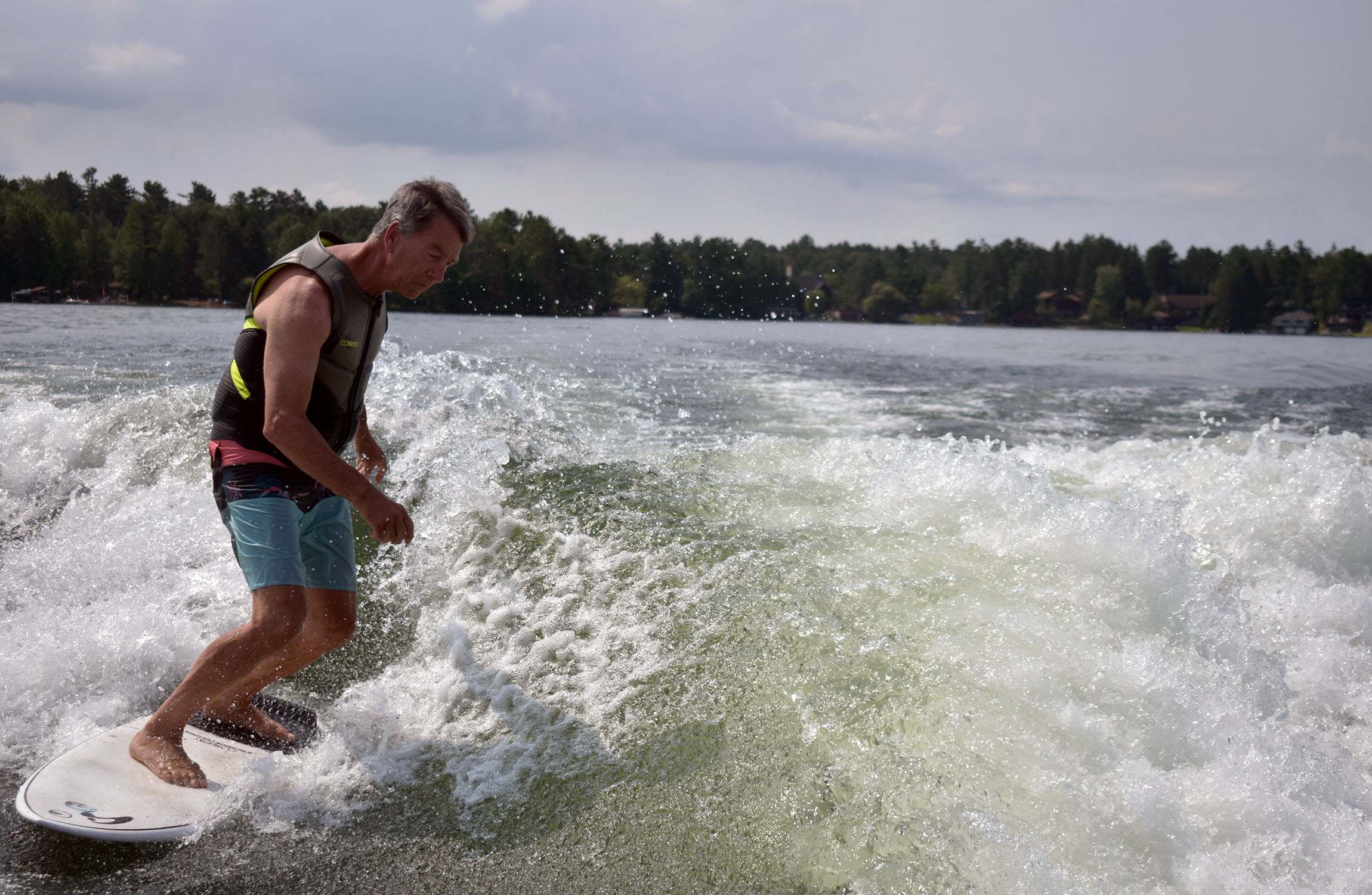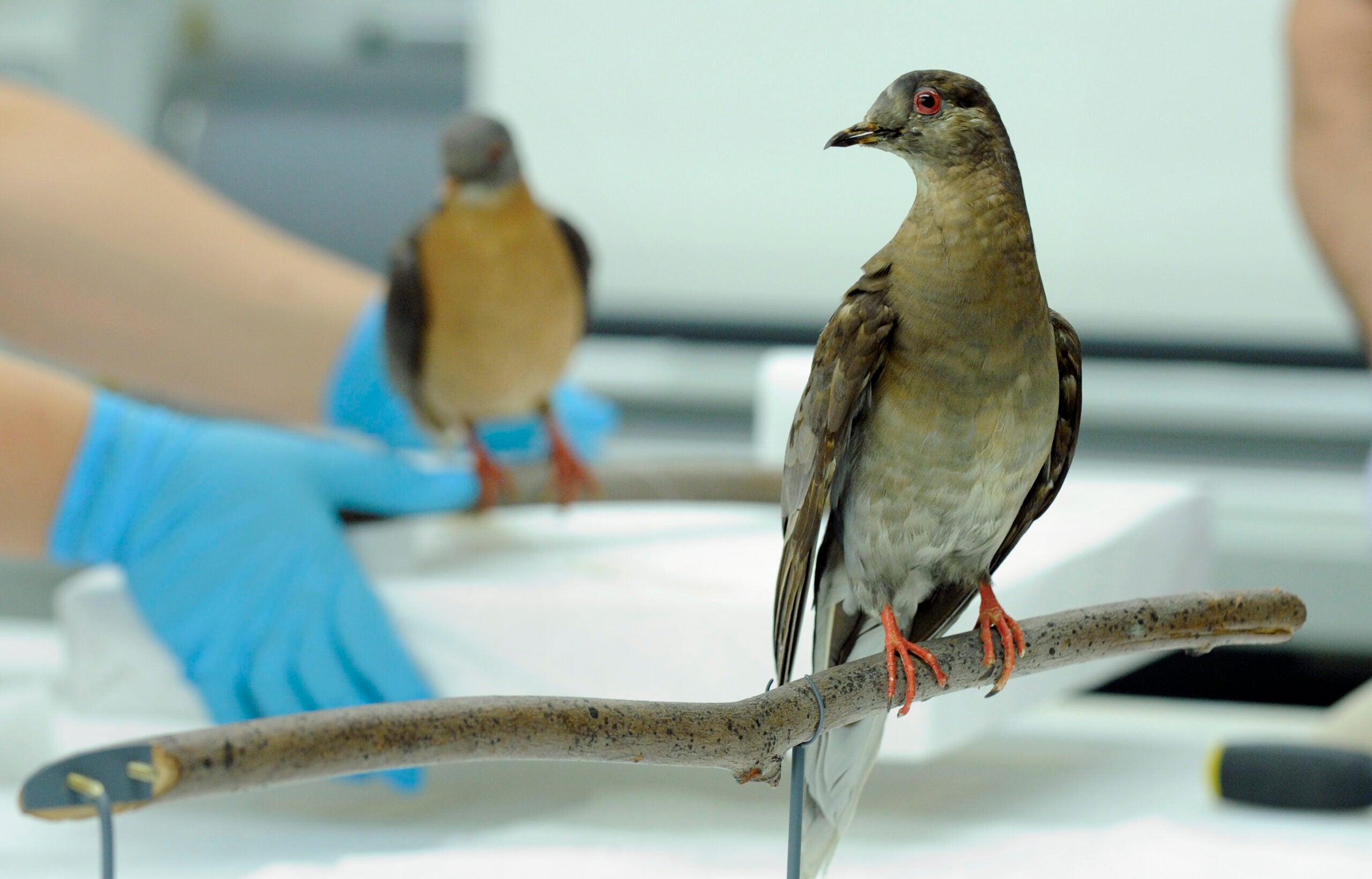Nearly two decades of research has shown that using land corridors to connect patches of habitat can help restore biodiversity. The study published in the journal Science showed 14 percent more plant species in habitats that were connected than those that were isolated.
Researchers measured 239 plant species over 18 years as part of a habitat experiment at the Savannah River Site in South Carolina, said the study’s lead author Ellen Damschen, an integrative biology professor at the University of Wisconsin-Madison.
“When individual species are found in a connected habitat patch, they have a 5 percent higher likelihood of being able to arrive in that patch or colonize it,” she said. “And, they have a 2 percent lower likelihood of going extinct.”
News with a little more humanity
WPR’s “Wisconsin Today” newsletter keeps you connected to the state you love without feeling overwhelmed. No paywall. No agenda. No corporate filter.
The corridors allow greater movement among a variety of organisms and at higher rates in habitats that are connected. Damschen likened the annual increase in species to interest on an investment that compounds over time.
“I think that connections are definitely something that should be considered and that the sooner we start on making those connections, the greater the payoff will be in the end,” she said.
For Damschen, the study is evidence that land corridors are one conservation tool that can be used to improve the odds of species survival in light of shrinking habitats worldwide.
A United Nations report released earlier this year found more than a half million of the world’s 5.9 million terrestrial species have insufficient habitat for long-term survival without restoration. Experts determined around 1 million animal and plant species are at risk of becoming extinct within decades.
The study area contained longleaf pine savanna that’s similar to grassland and savanna ecosystems worldwide, including tall grass prairie and oak savanna that historically dominated southern Wisconsin.
“This habitat’s more rare, more endangered than tropical rainforests so conserving the remaining habitat and increasing the habitat and improving corridors between remaining habitat patches is really critical,” said Ryan O’Connor, a conservation biologist with the Wisconsin Department of Natural Resources.
Many species rely on tall prairie grass and oak savanna, including Wisconsin’s mascot and state animal, the American badger. The habitats also support game species like ruffed grouse, wild turkey and wood ducks.
More than 99 percent of Wisconsin’s prairie and savanna habitat has been lost over 200 years due mostly to fire suppression and agricultural use, O’Connor said. The DNR’s website states around 5.5 million acres of savanna habitat was once found in Wisconsin.
Wisconsin Public Radio, © Copyright 2026, Board of Regents of the University of Wisconsin System and Wisconsin Educational Communications Board.







